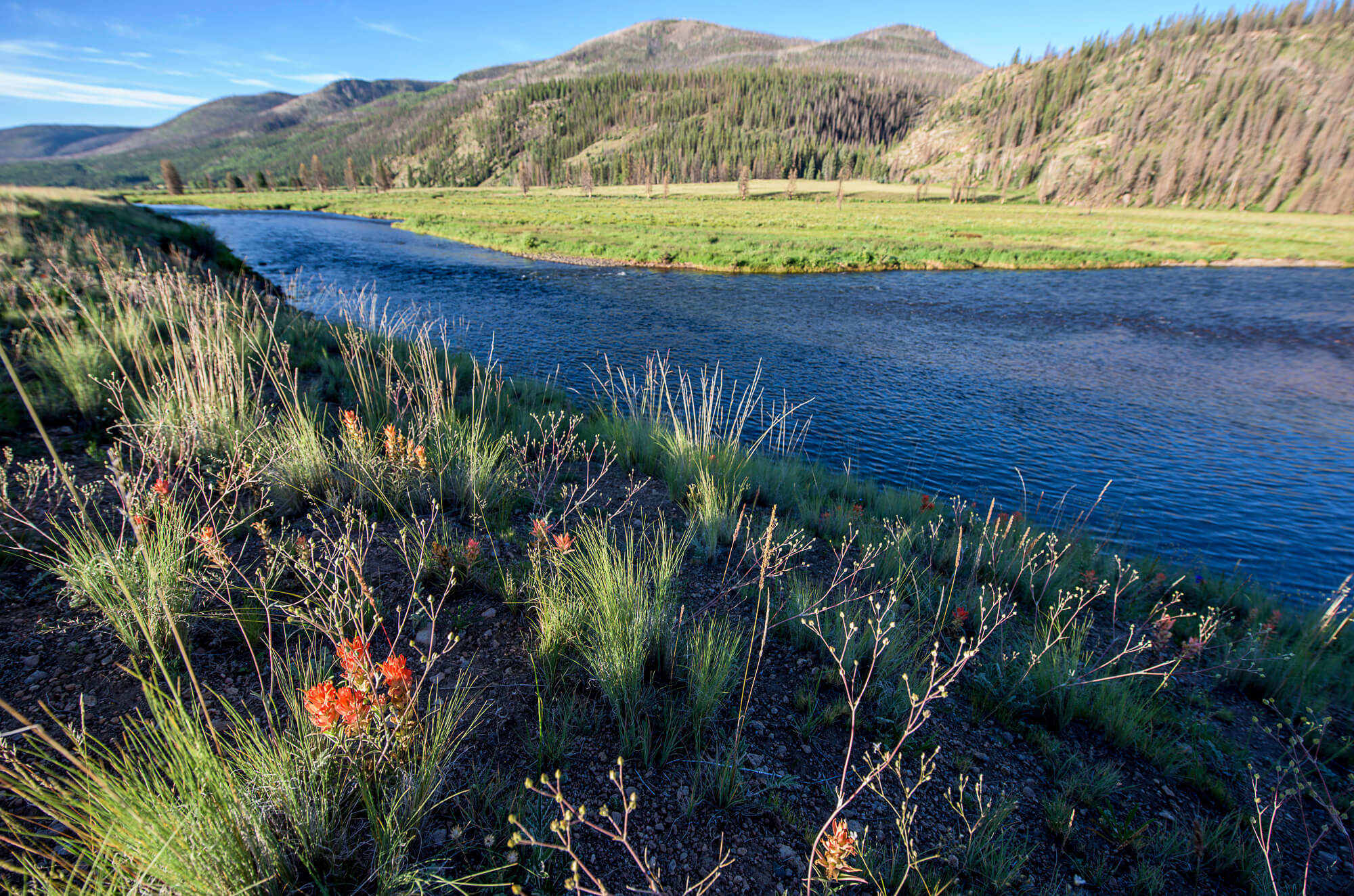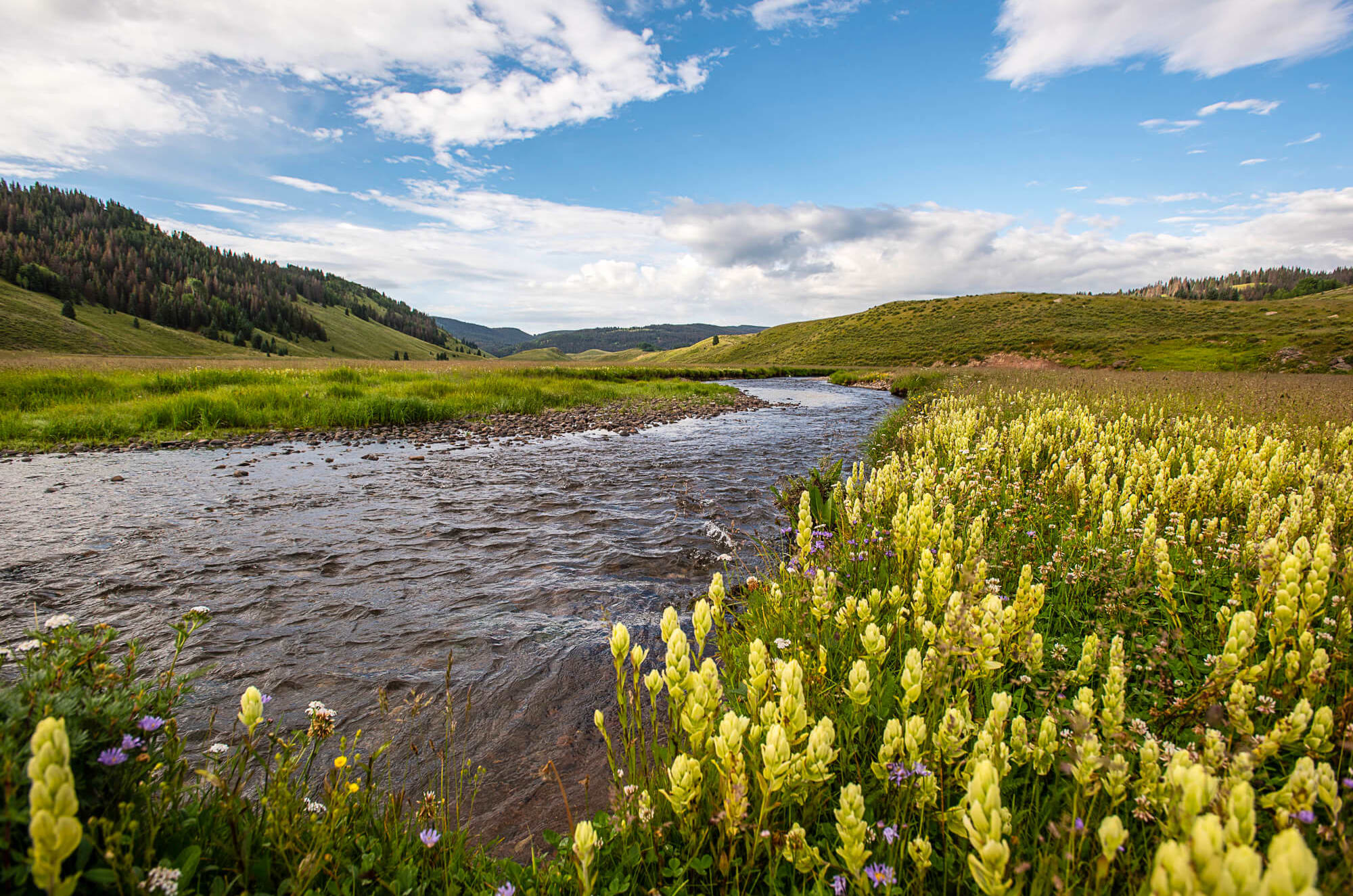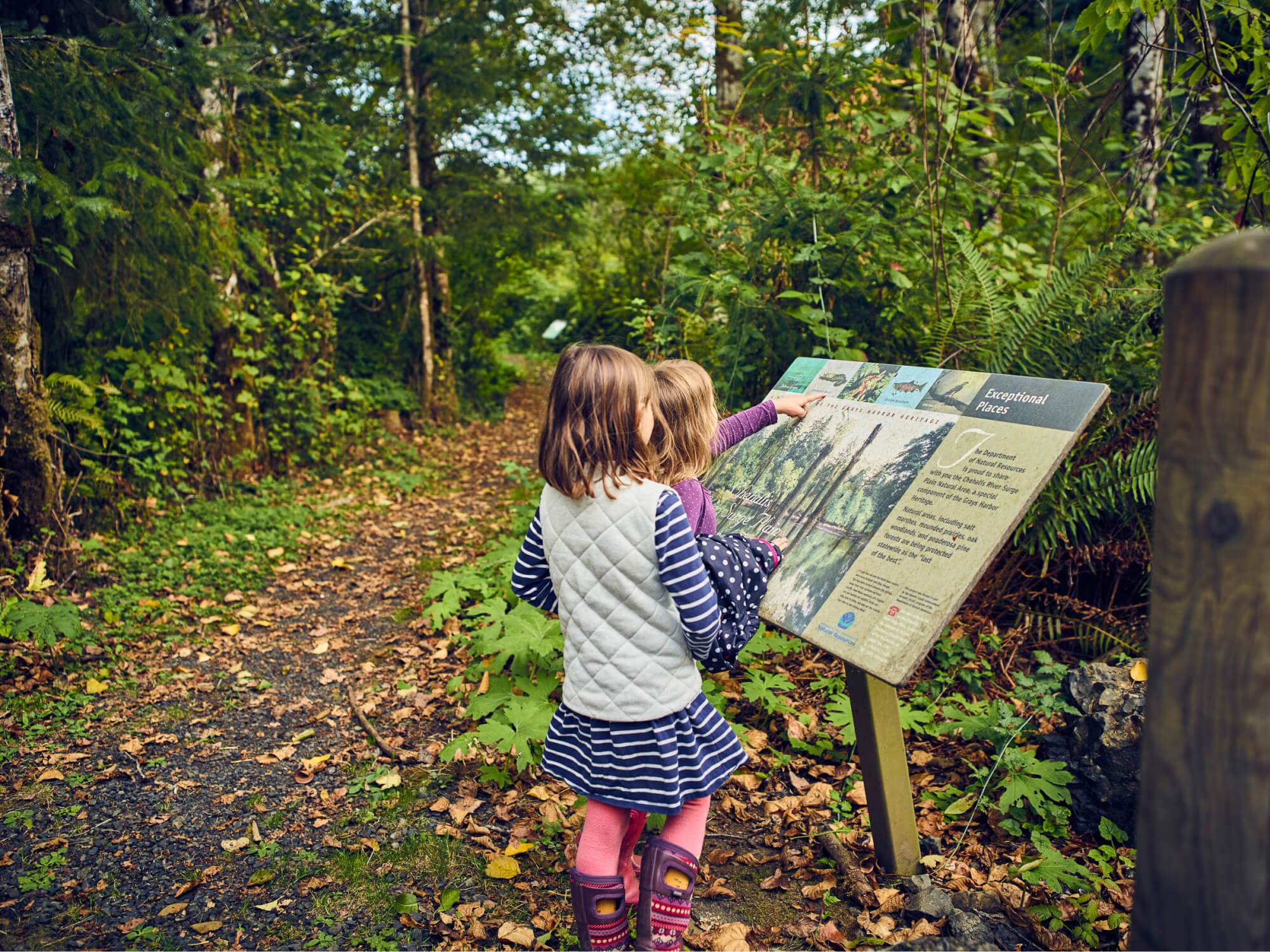Preserving habitat and a legacy of working ranches
In Colorado’s San Luis Valley, Western Rivers Conservancy and the Rio Grande Headwaters Land Trust successfully conserved the Olguin Ranch, permanently protecting 1,180 acres of prime fish and wildlife habitat along the Rio Grande and Conejos Rivers and ensuring a longtime working family ranch stays in production.
WRC purchased the ranch from the Olguin Family in 2016 as part of its larger effort to create the San Luis Hills State Wildlife Area and to conserve land along the upper Rio Grande and its tributaries. After buying the ranch, WRC partnered with Rio Grande Headwaters Land Trust to place a conservation easement on the property, which the partners successfully finalized in early 2018. In 2021, we sold the property to a conservation buyer who share’s WRC and RiGHT’s vision for the ranch.
The easement permanently protects the excellent habitat for fish, birds and other wildlife on the ranch, while ensuring permanent public access to the San Luis Hills State Wildlife Area on the western bank of the Rio Grande. The easement also guarantees that the Olguin Ranch will remain undeveloped and part of a unique Colorado landscape defined by its scenic views, working ranches and family farms.
A refuge for fish and wildlife that depend on the Conejos and Rio Grande
The location of the Olguin Ranch makes the property especially important. It lies near the confluence of the San Luis Valley’s two major rivers, the Conejos and the Rio Grande and within the Rio Grande Natural Area. It is just downstream of the Alamosa National Wildlife Refuge, upstream of New Mexico’s Rio Grande Wild and Scenic River corridor, and east of the Bureau of Land Management’s McIntyre-Simpson Wetlands Area.
The ranch lies immediately across the Rio Grande from the new 17,019-acre San Luis Hills State Wildlife Area in Costilla County, which WRC created in 2018. Adding the ranch to this mosaic of protected areas helps the confluence and the valley function as a true refuge for fish and wildlife.
The Olguin Ranch boasts excellent habitat for endangered southwestern willow flycatcher and threatened western yellow-billed cuckoo, as well as a wealth of other bird species, including bald eagle, ferruginous hawk and greater sandhill crane. It is also home to northern leopard frog and river otter, and provides important range for Rocky Mountain elk, mule deer, pronghorn, black bear and mountain lion.
The ranch also controls key shares of the Los Sauces Ditch as well as a critical warm-water spring that provides waterfowl habitat year-round. These rights will remain tied to the property and ensure continued traditional land uses that will be supportive of wetland and riparian habitat.
Thanks to our efforts and our partners, the Olguin Ranch will forever remain a haven for songbirds and waterfowl, and for the fish and wildlife that depend on the Conejos River and the Rio Grande for their survival. The fact that we were able to achieve this while preserving part of the valley’s legacy of working ranches ensures that people are winners in this effort as well.
San Luis Valley National Conservation Area
As part of our efforts to conserve the Olguin Ranch, WRC donated a small conservation easement to the U.S. Fish and Wildlife Service, dropping the final piece into place in the effort to create the country’s newest unit of the National Wildlife Refuge system: the San Luis Valley Conservation Area.
With the conservation area officially established, the USFWS is poised to protect 530,000 acres in southern Colorado and northern New Mexico. It is a major step toward conserving more fish and wildlife habitat, while increasing opportunities for recreational access, both to the rivers of the San Luis Valley and to the open space surrounding them.
WRC’s Efforts in the San Luis Valley
WRC’s work at the Olguin Ranch is part of our larger effort to preserve habitat and connect people to the Rio Grande and its tributaries in the San Luis Valley. In 2015, we created the San Luis Valley Conservation Fund in partnership with the LOR Foundation and our local partners Rio Grande Headwaters Land Trust and Colorado Open Lands. The Fund is a collaborative effort to bolster local conservation efforts and to preserve the region’s rich cultural heritage, all while enhancing livability for valley communities. The fund includes a $2-million re-granting program called the San Luis Valley Conservation and Connection Initiative, which supports local conservation organizations and ensures healthy futures for the culture and communities that the Rio Grande has sustained for generations.
As part of this effort, Western Rivers Conservancy created the 17,019-acre San Luis Hills State Wildlife Area, directly across the Rio Grande from the Olguin Ranch. Upstream, we completed two exceptional projects on the Rio de los Pinos; one near the old Freemon General Store on the main Rio Grande; and another near the near the city of Alamosa, where we created the Alamosa Riparian Park to protect an additional mile of the Rio Grande and connect the community of Alamosa to its backyard river.
Funding for the Conejos-Rio Grande project was made possible through generous contributions from multiple sources, including the David and Lucile Packard Foundation, Gates Family Foundation, the LOR Foundation, the San Luis Valley Conservation Fund, the Jacob and Terese Hershey Foundation, The Conservation Alliance and with the generous support of many additional individuals, foundations and businesses.
This project was also made possible through funding from Great Outdoors Colorado (GOCO) and the U.S. Fish and Wildlife Service’s North American Wetlands Conservation Act program.











